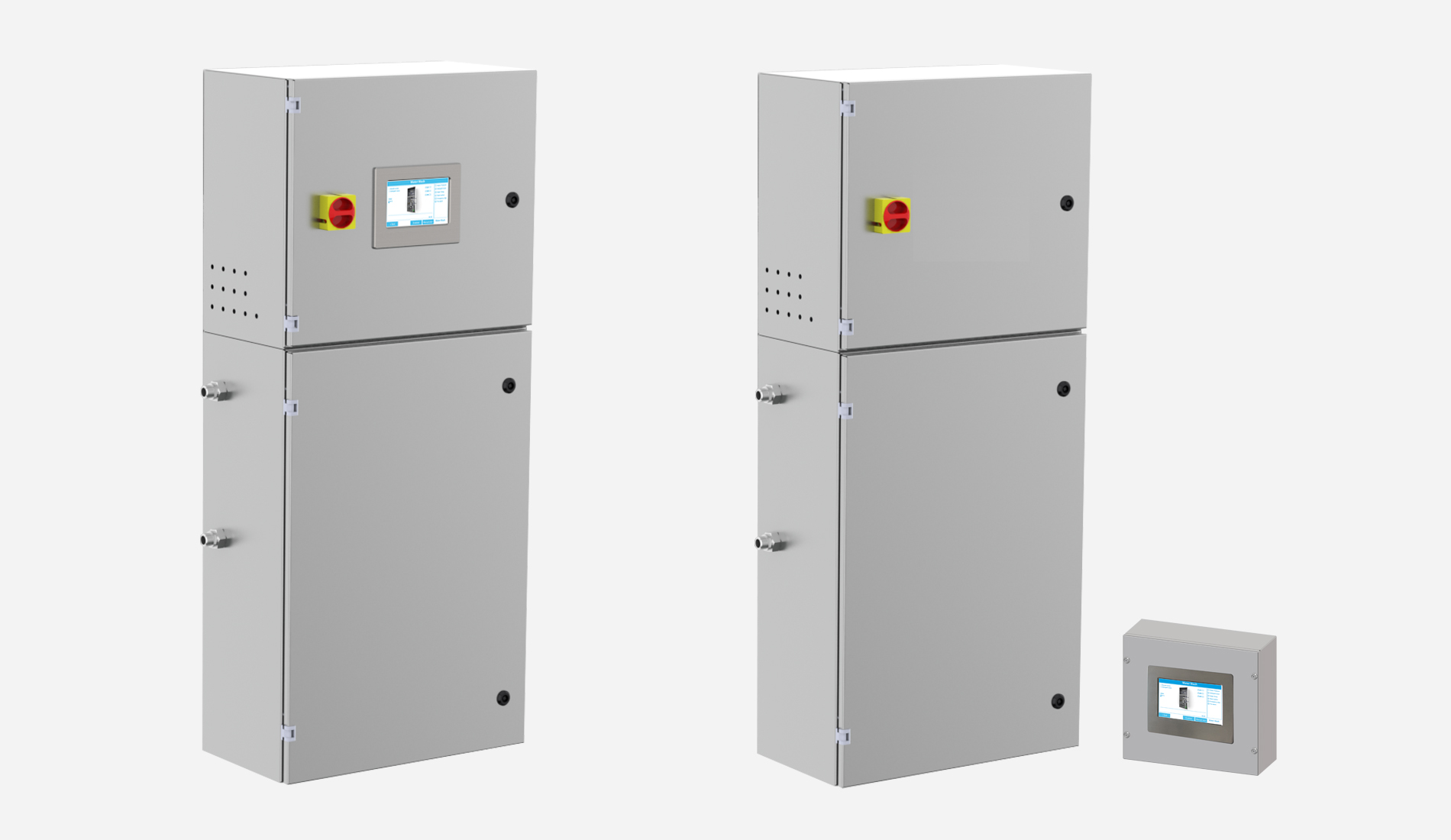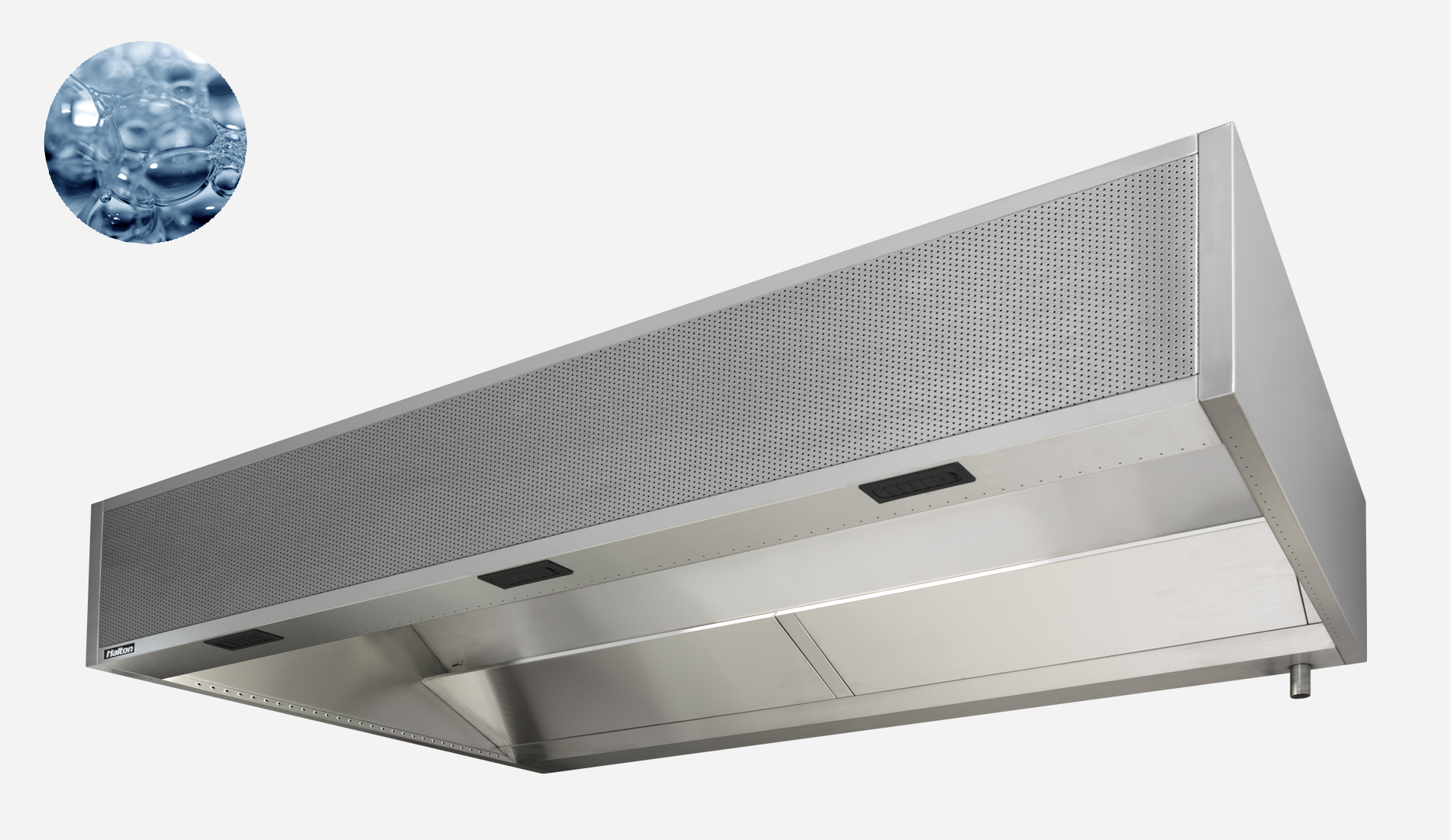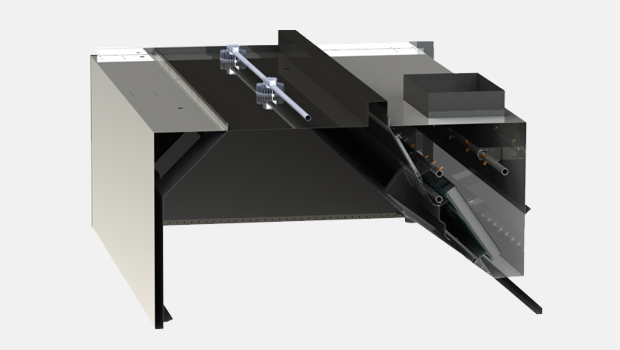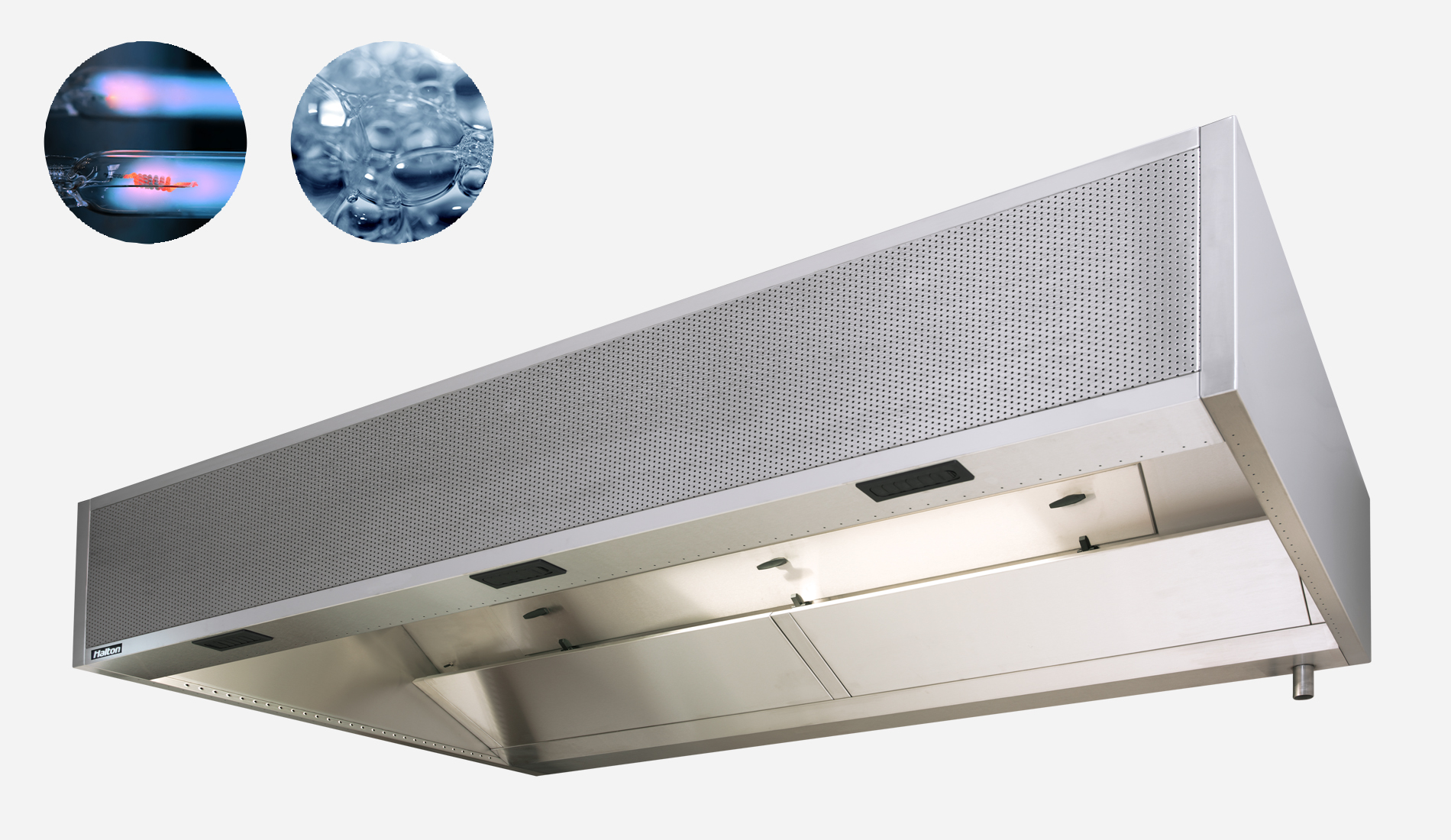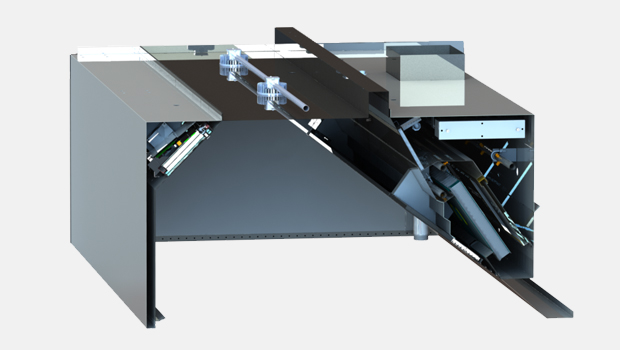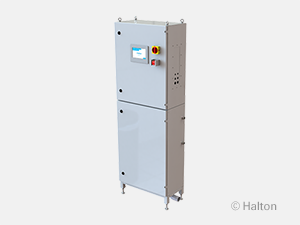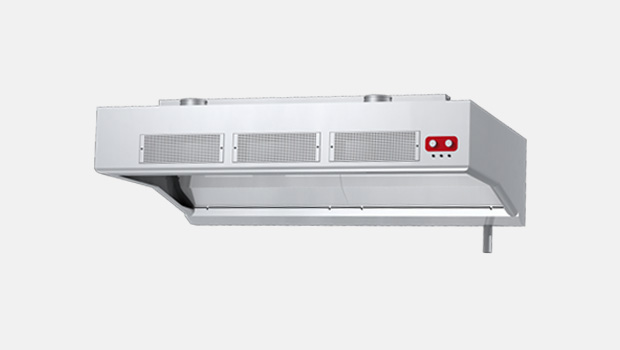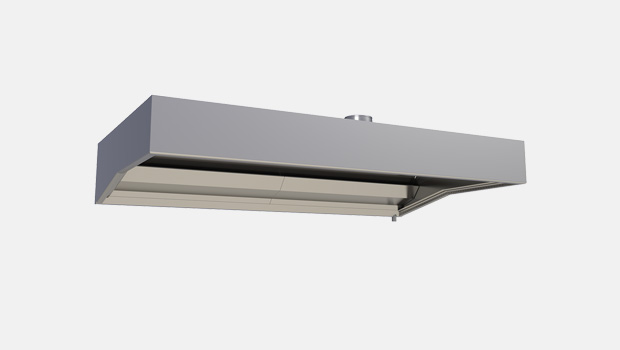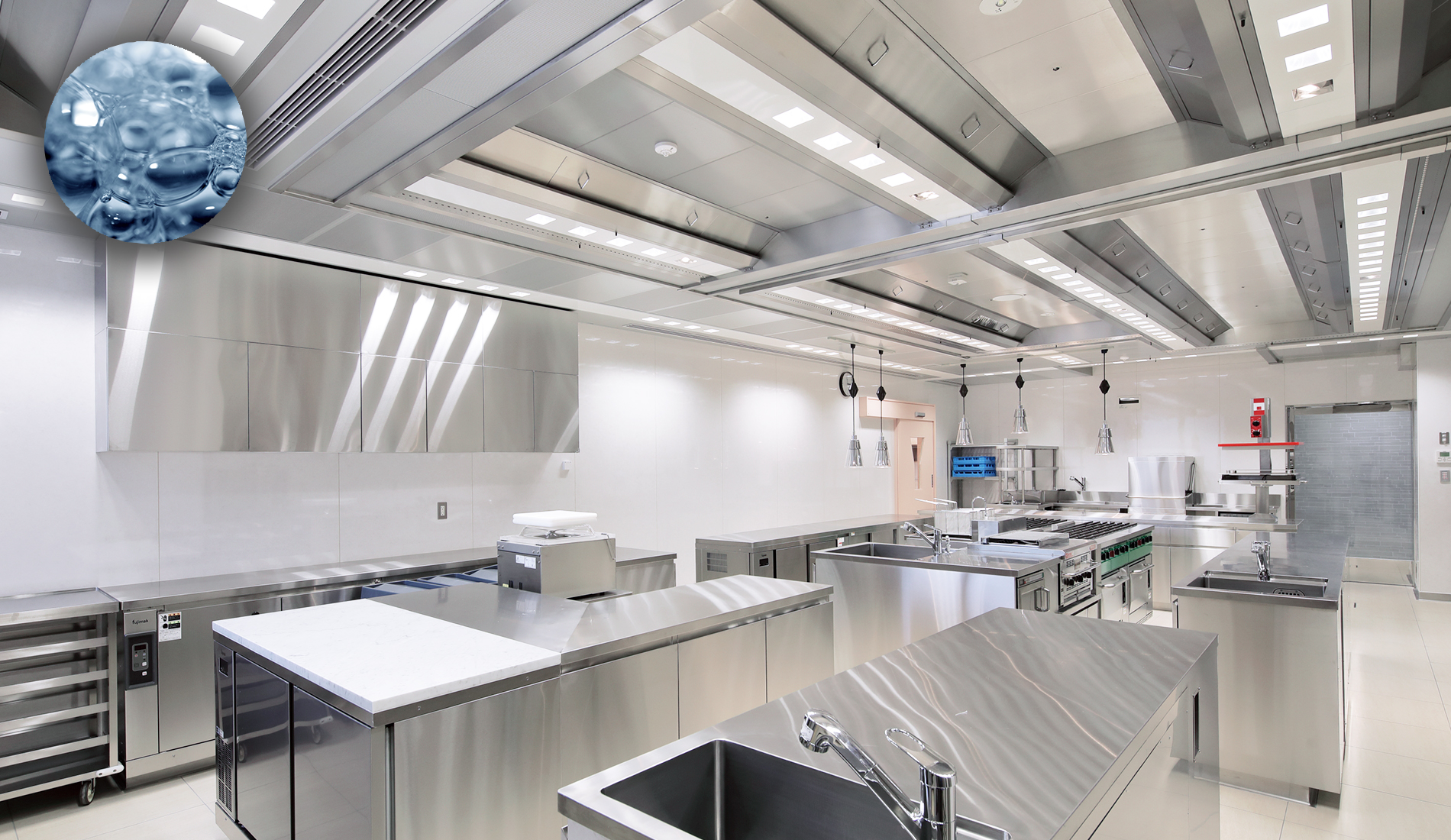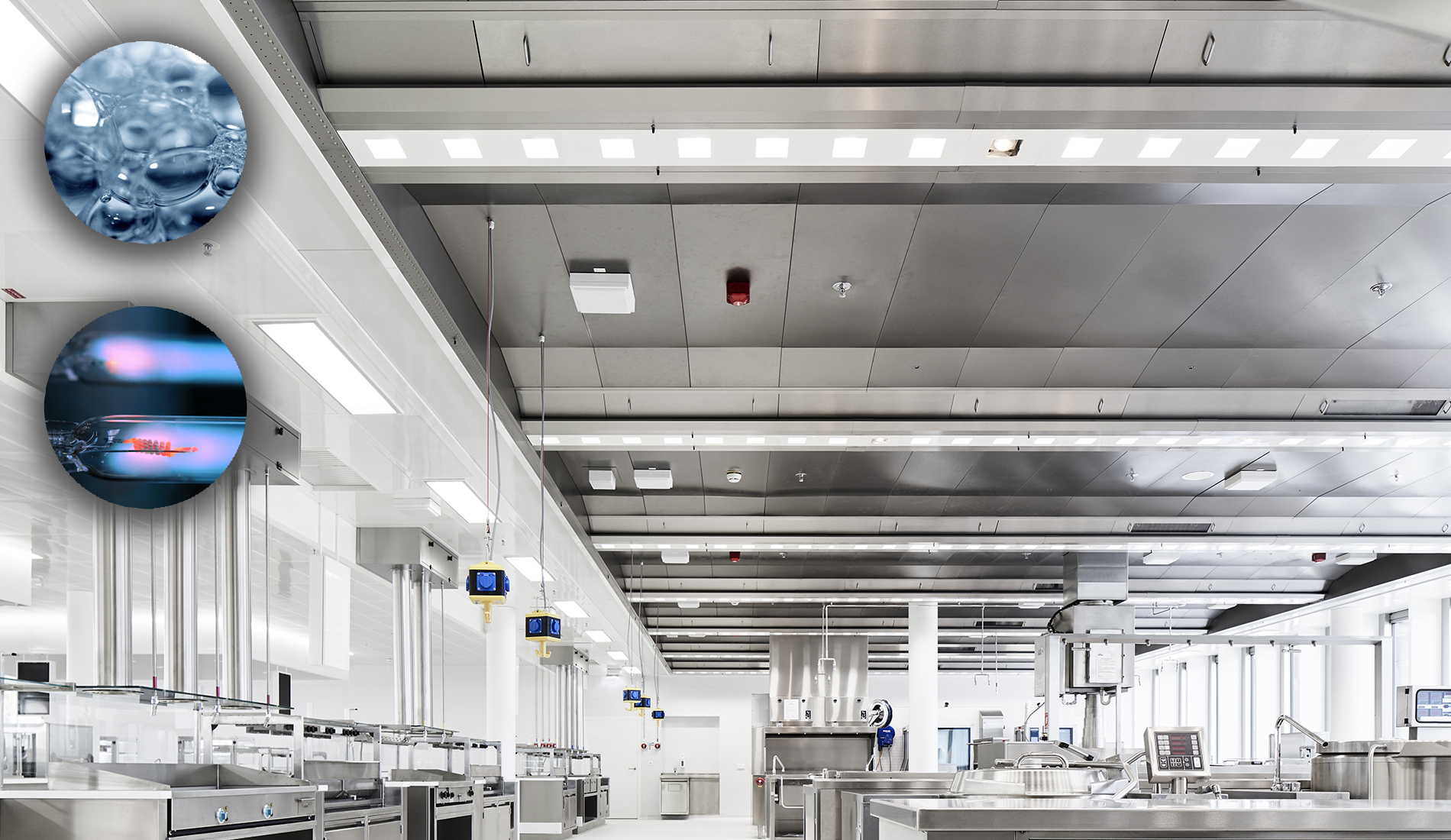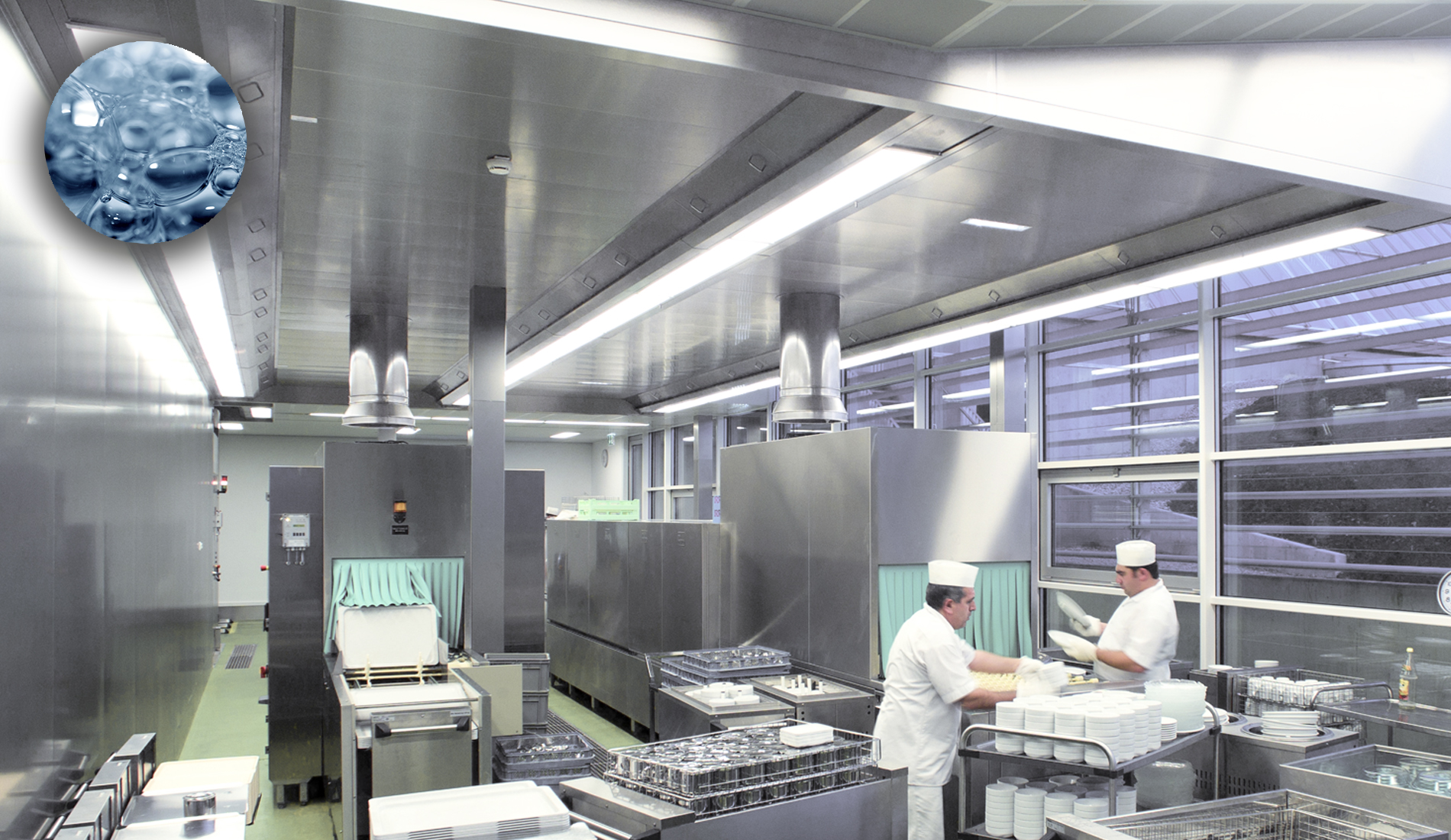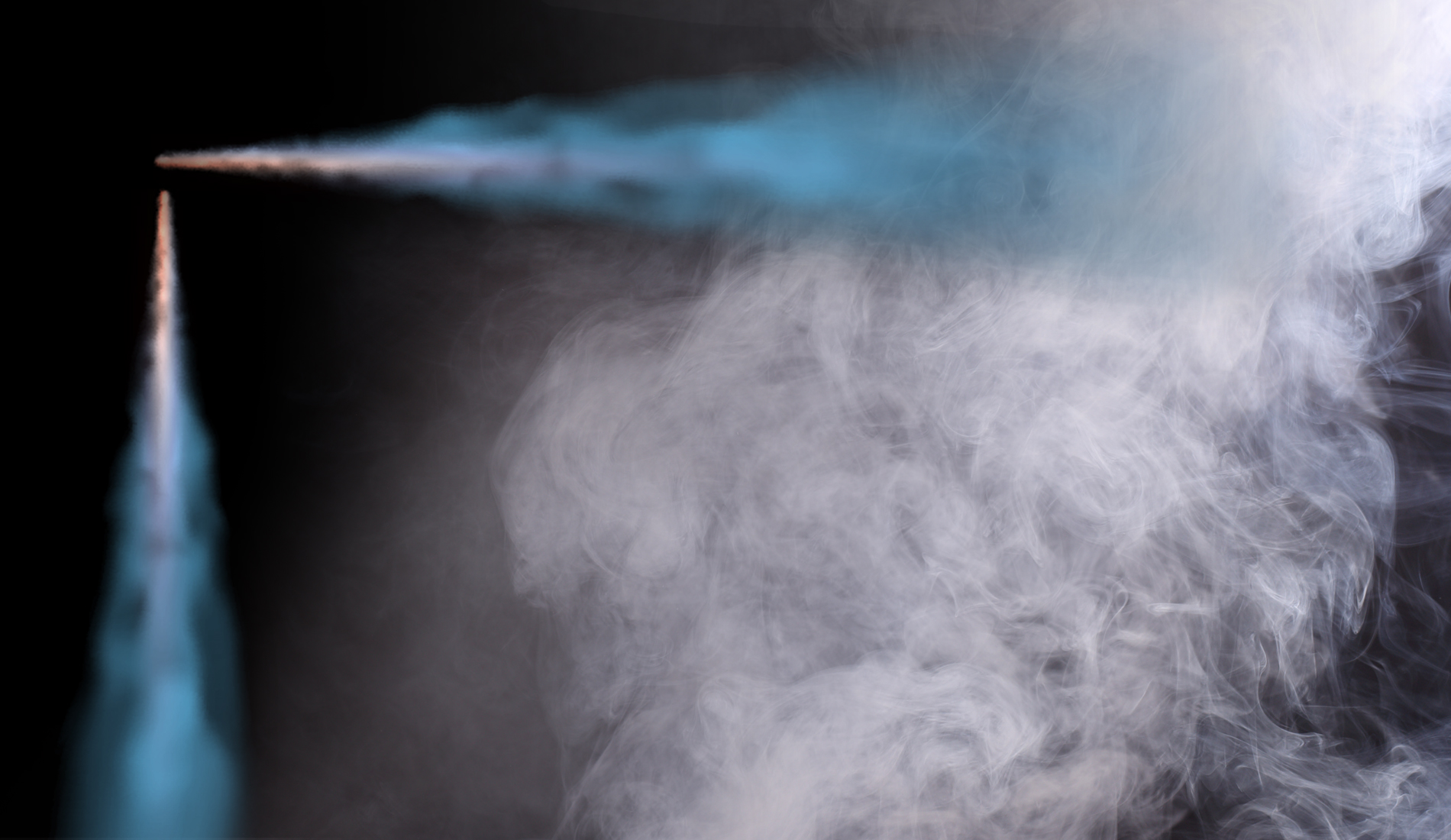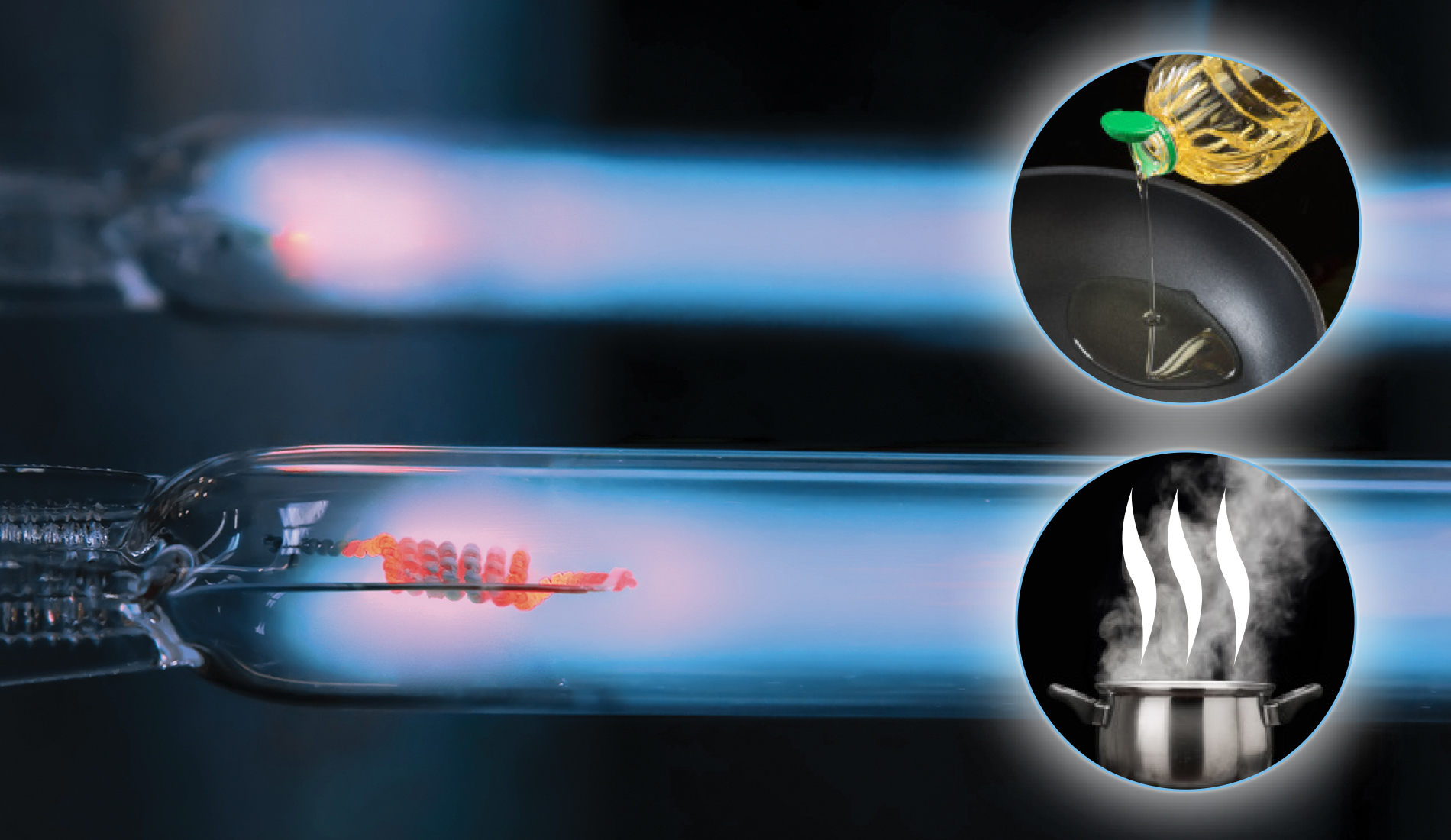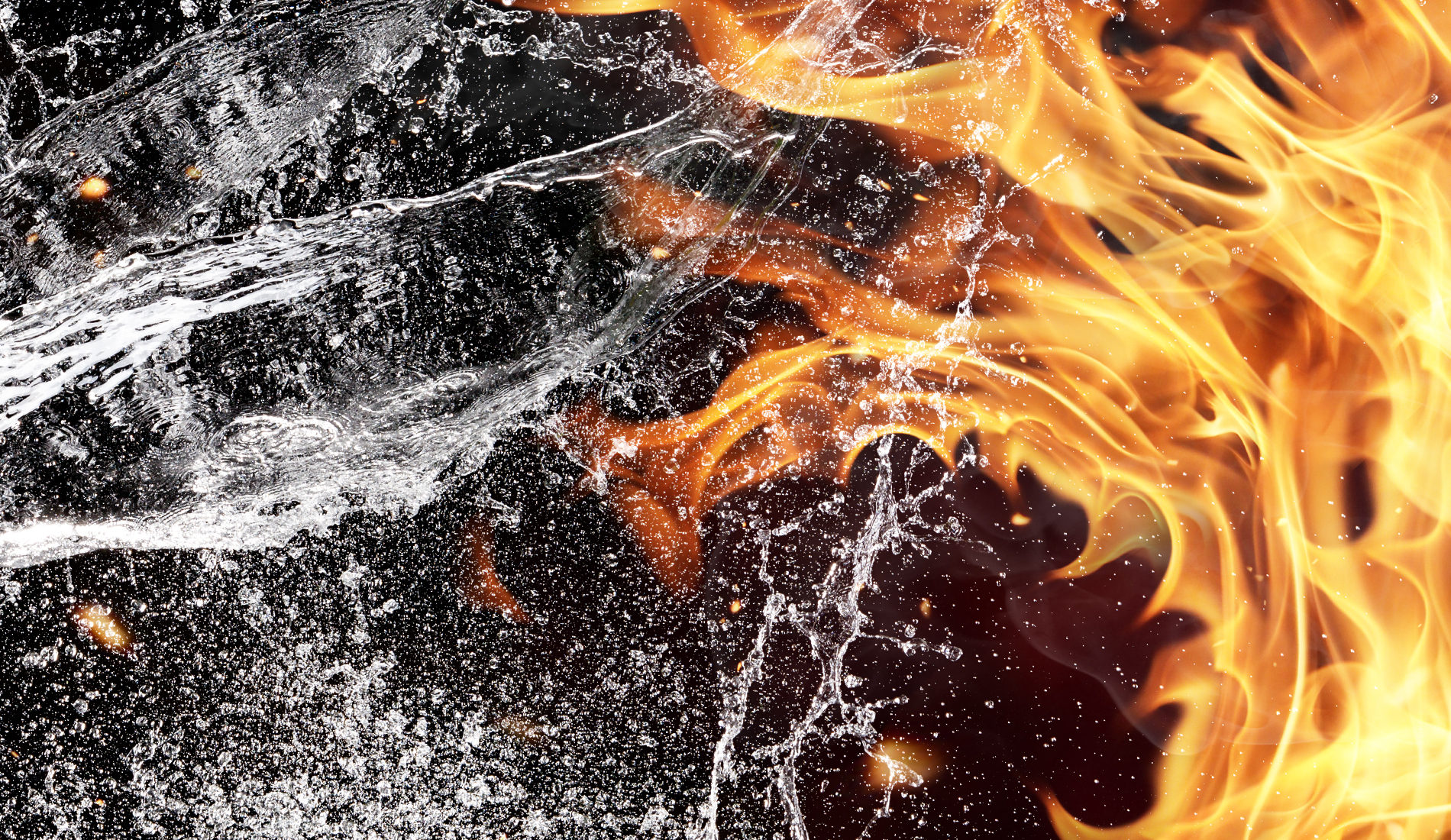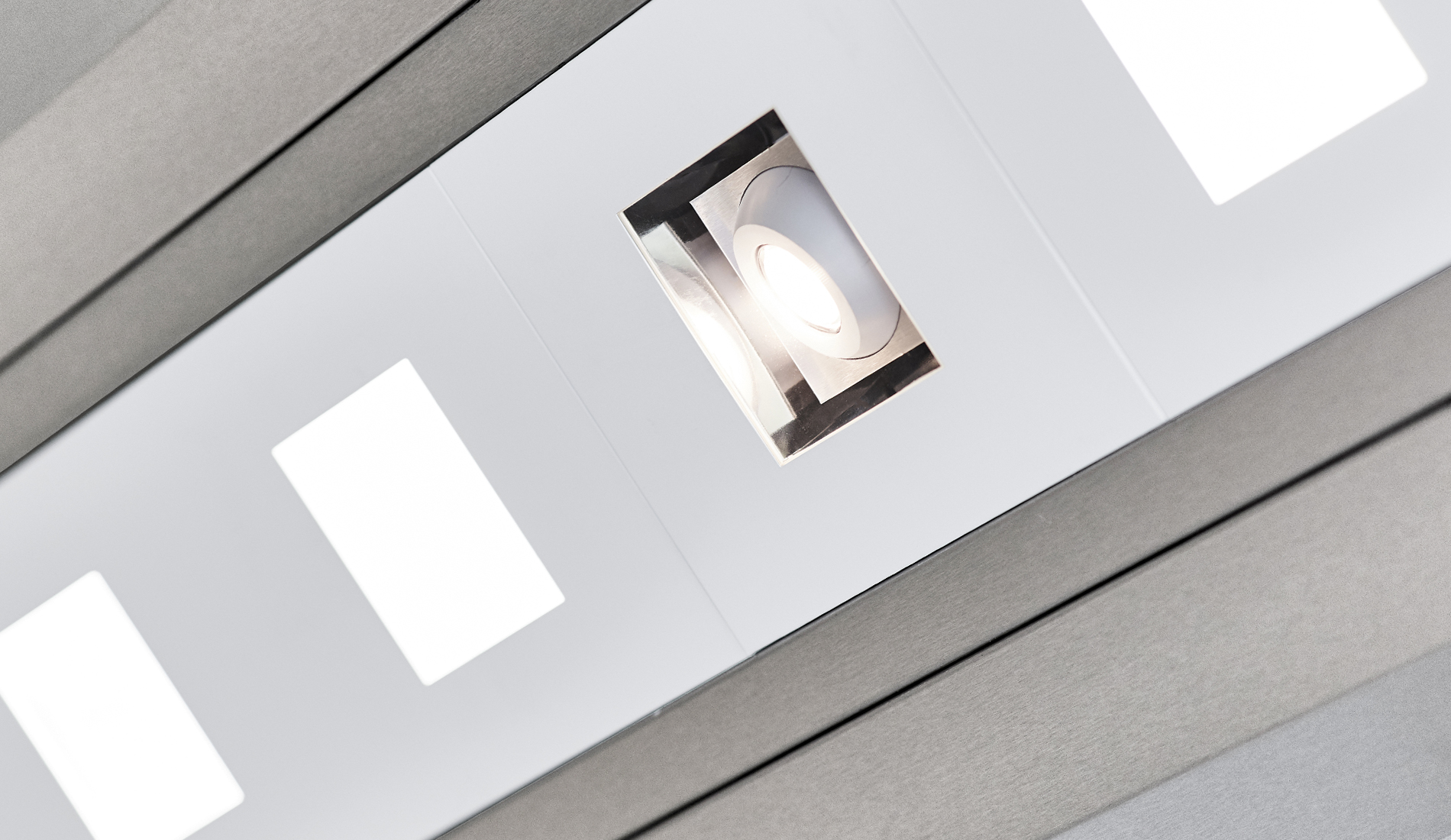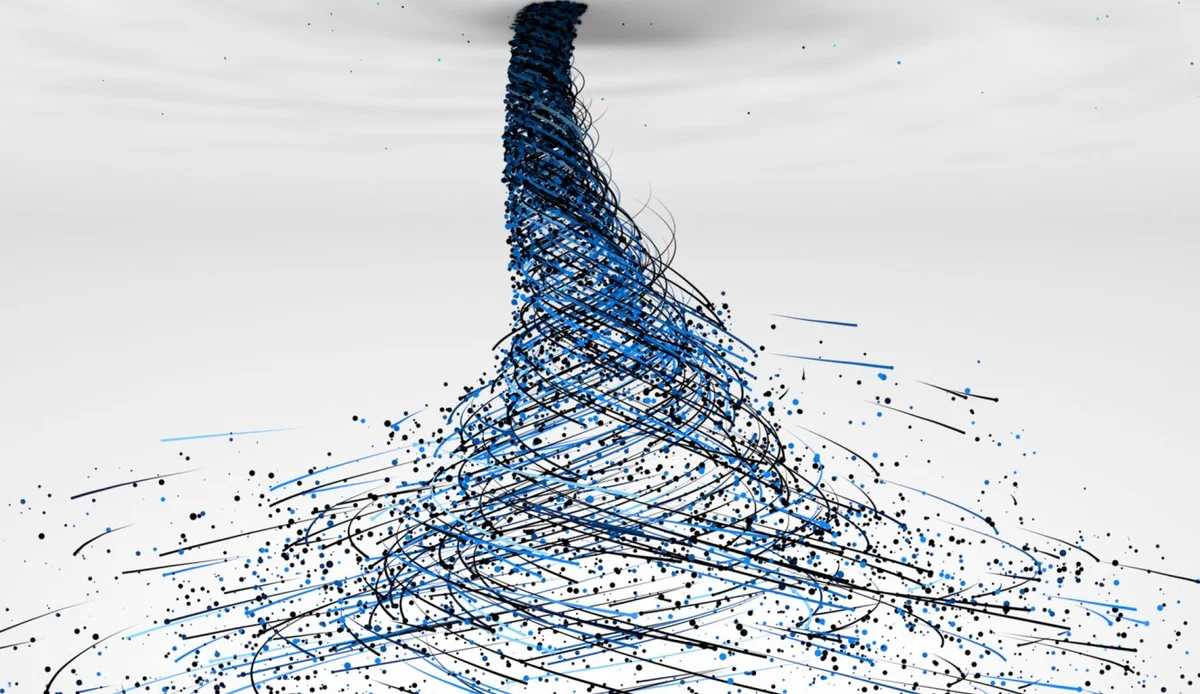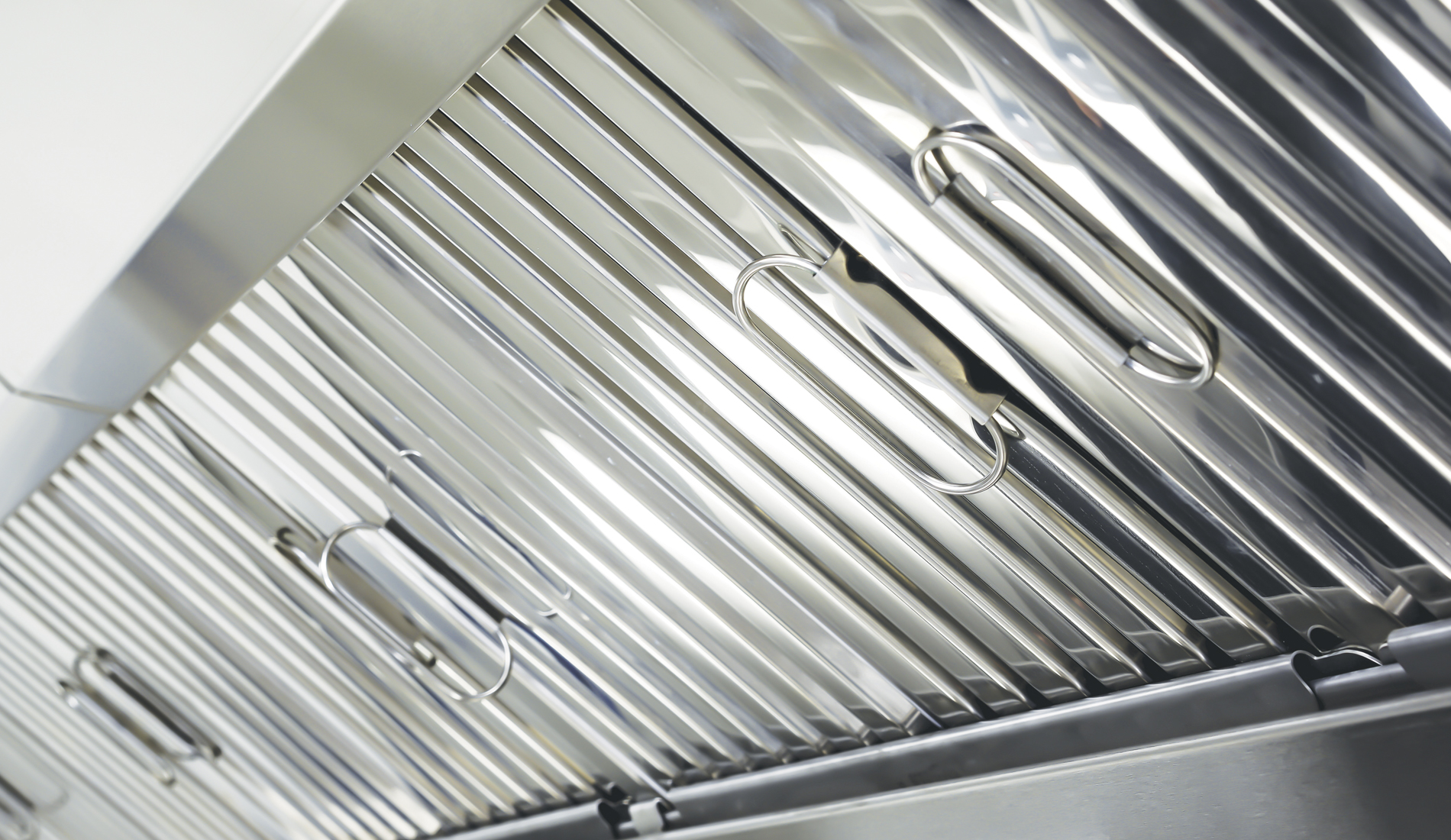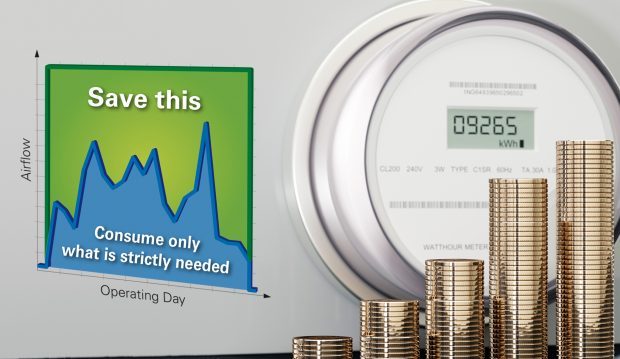
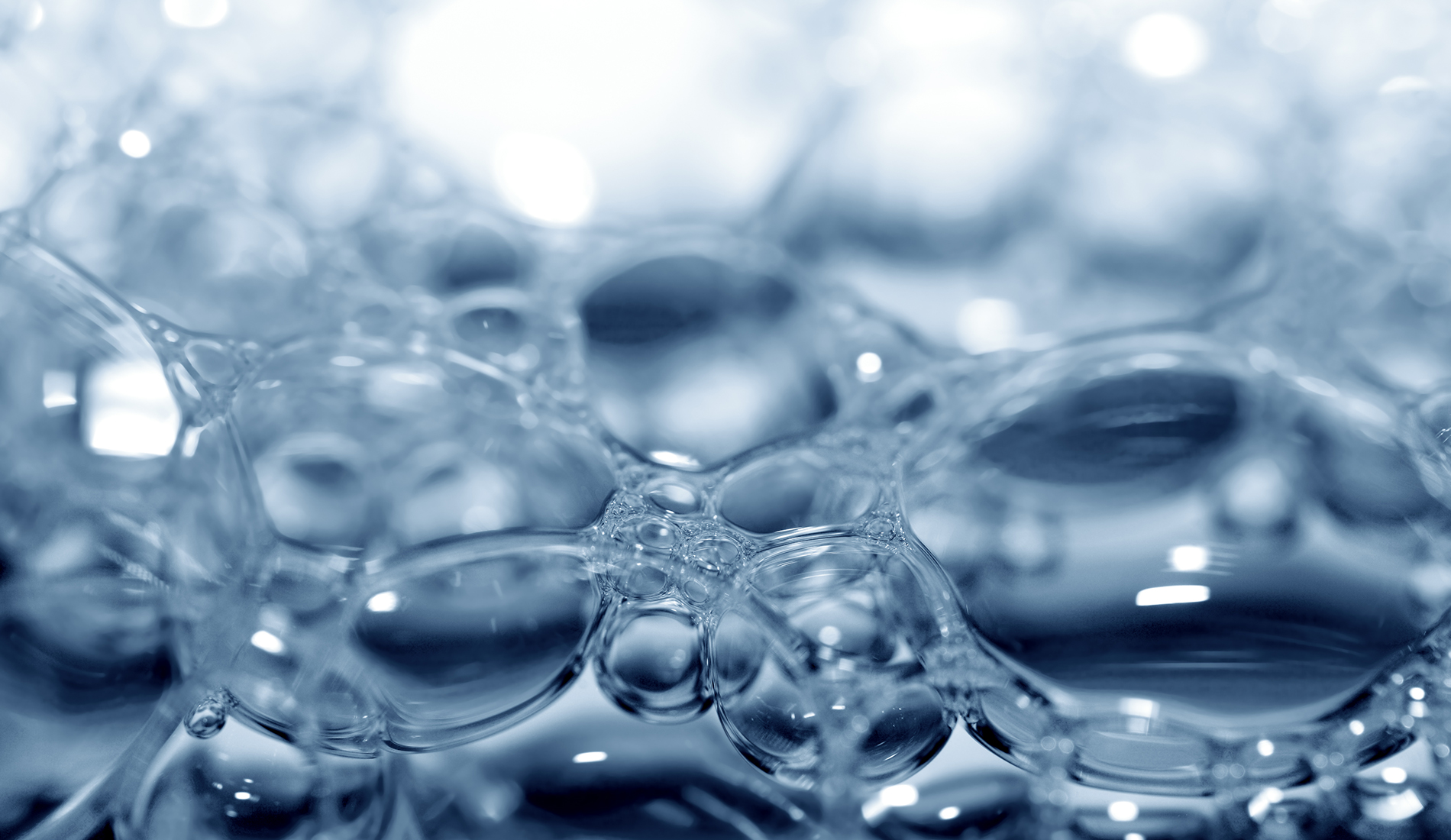
Water Wash technology
Automated cleaning technology for the grease filters in Capture Jet™ hoods and ventilated ceilings. Save on the filters’ cleaning cost while improving the safety level.
The Water Wash technology automatically washes down grease filters without the need for staff intervention. It puts an end to the laborious task of manually dismantling / cleaning / reassembling the filters. Staff can then turn their attention to food preparation. Hygiene and fire safety is also improved.
Water Wash technology eliminates the need to buy a second set of filters, as well as saving money on cleaning costs and recovers time to focus on the core business.
The most significant benefit of the Water Wash technology is to save significant operating capital on the cleaning costs of filters, especially if an external services company is contracted to carry out these operations.
If the kitchen staff manages the cleaning operations, there’s the additional benefit of freeing up that time. Allowing the staff to devote themselves entirely to their core business: creating and preparing food for their guests. This is more acute in large kitchens with extended operating hours.
Typically a second set of filters were necessary to rotate them out for cleaning while maintaining operations. With the water wash technology, an investment in a second set of filters is no longer needed, accelerating the payback time.

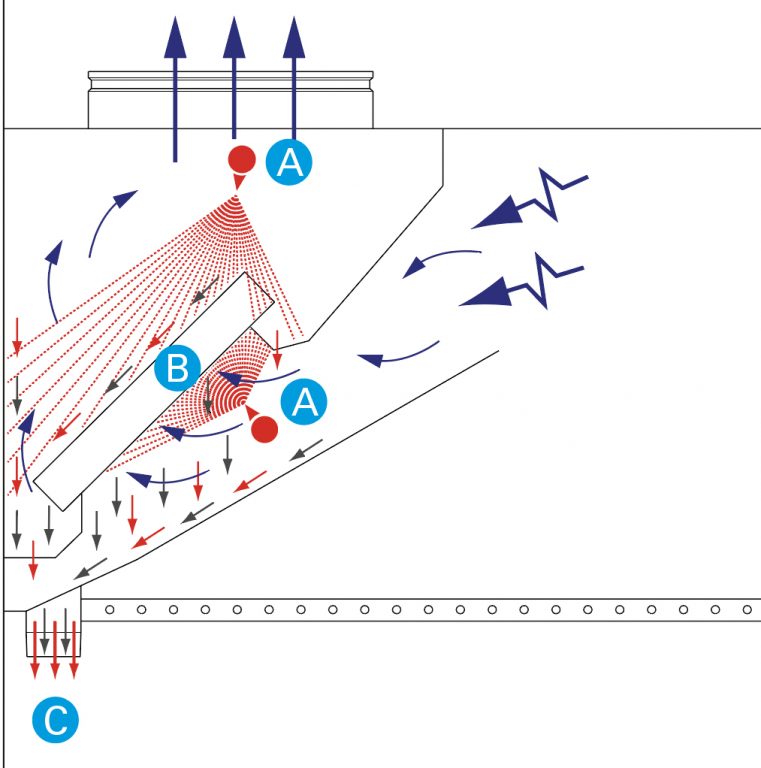 Example of a Water Wash hood section
Example of a Water Wash hood section
A – Hot water spraying nozzles
B – Grease filters
C – Hood water drain
The exhaust plenums in Water Wash hoods and ceilings are watertight and sealed. They have manifold that house spraying nozzles specifically designed to quickly and efficiently clean the grease filters. Each manifold is connected to a control cabinet that manages the washing cycles without any outside intervention.
The system can be manually overridden, when required. A typical washing cycle is programmed in three phases:
– The washing phase (during which the detergent is mixed with the hot water);
– The soaking time or reaction time needed for the detergent to efficiently dissolve the grease deposits;
– The rinsing phase removes the grease and the excess detergent.
The washing cycles are ideally carried out right after an operating period, while the grease is still warm and easier to remove. The time period between cleaning cycles should not exceed one week. The ideal scenario is to carry out the cleaning process once a day, which reduces the spraying time required for a thorough cleaning.
Halton Connect is a state-of-the-art IoT (Internet of Things) platform whose core is an advanced cloud-based portal. It enables 24/7 remote monitoring of the solutions designed by Halton. It allows access to important and useful information along with powerful data analytics to the end users. It also provides crucial information to our engineers. In return, they can remotely and safely control all systems and their settings when required.
This digital “two directions” technology opens the way to Premium Services that are vital to keep the performance of the systems and technologies at the initial design level and during the entire lifecycle. Even better! They enable continuous optimisation of your systems, resulting in even lower operating costs.
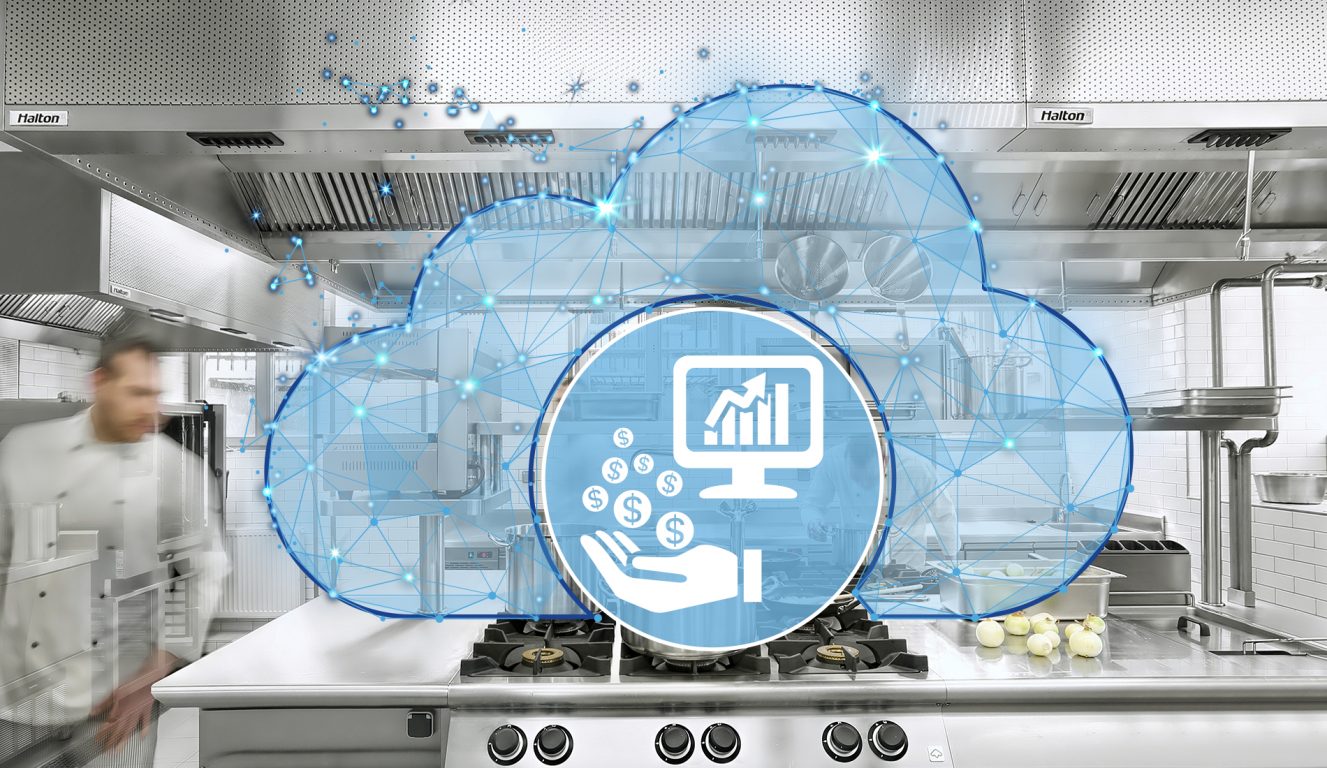

Related products
The Water Wash technology is embedded on the Capture Jet™ hoods and ventilated ceilings. It can be combined with other technologies such as the UV Capture ray™ or Cold Mist on demand technology. Here are some of them.
